The ROAS Shrink Is Real

Check out the video: https://www.youtube.com/watch?v=D1ldnfwG4GE
There is simply no denying it: the ROAS shrink is real. We'll take you through the phenomenon that has slowly affected all client accounts across the board over the last year.
Table of Contents
The ROAS Shrink Is Real
Let’s Talk ROAS
Let’s Talk MER
Google’s Privacy Lawsuits And Its Effects On ROAS
Analyzing ROAS vs. MER

Over the last few months, we have been quite outspoken about Google Ads losing its ability to track users efficiently. This fact has led our team at StarterPPC to change our go-to metric from Return On Ad Spend (ROAS) to the broader and more accurate MER (Media Efficiency Ratio).
These metrics usually apply to both eCommerce and lead generation companies, but for the latter, total business cost per lead or total business cost per new customer uses MER for greater effect.
Let’s Talk ROAS
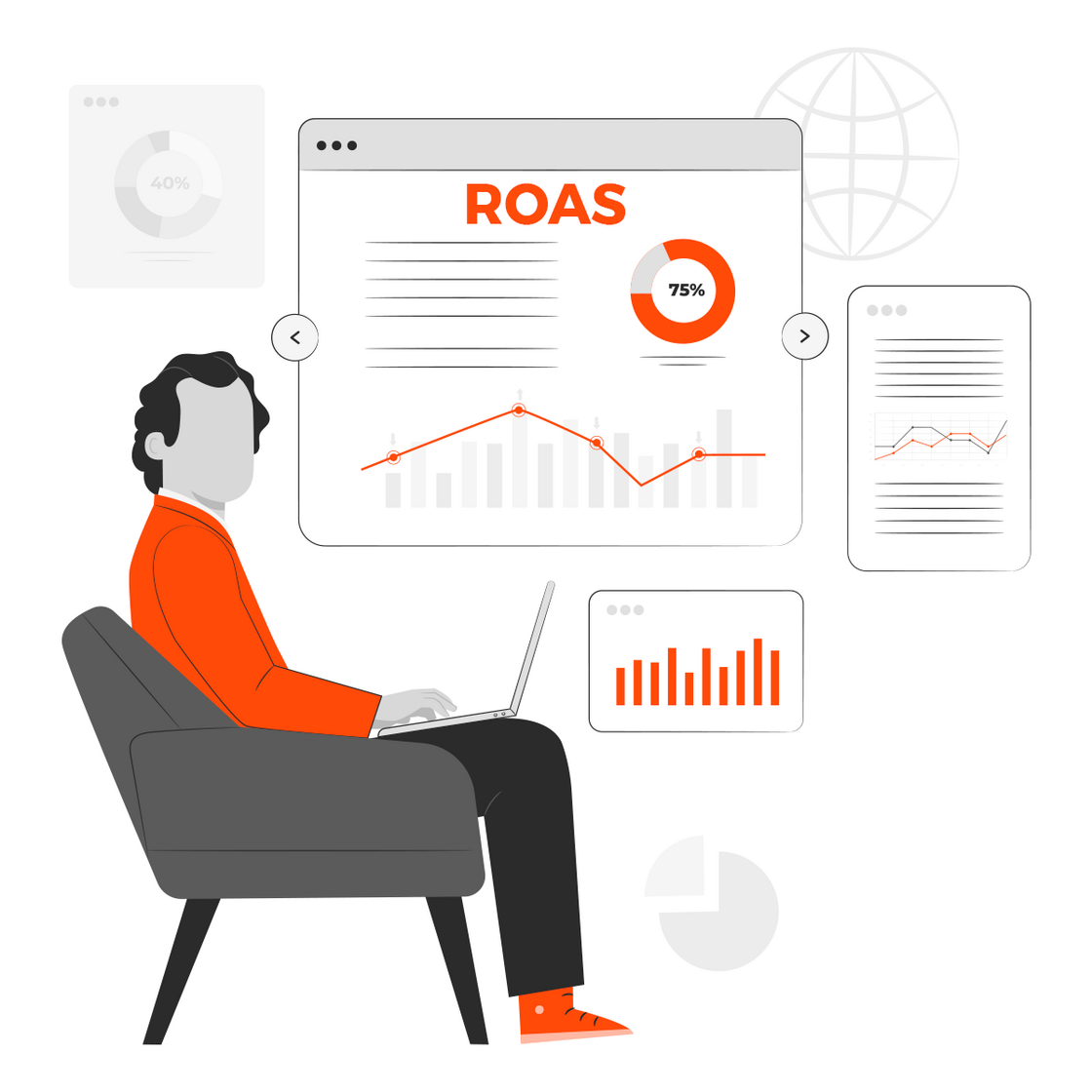
ROAS is a simple calculation: conversion value (all the money that came in inside of your Google Ads account) divided by cost (the money you spent on Google Ads).
Or you can think of it this way: For every dollar you spent on your Google Ads campaigns, how many dollars did Google Ads make for you in return?
The problem with this metric, however, is that it relies heavily on Google’s ability to track users from the point of the first click on an ad all the way through to the sale.
This could take days, weeks, or even months.
Then again, even if it’s within the same day, Google can sometimes drop that user. ROAS used to be a good way to see if ads were working, but it's not very reliable now.
Let’s Talk MER
There is a solution that comes in the form of MER, which is a much better metric to maximize profitability.
MER is like ROAS, but zoomed out for the whole business, not just Google Ads. The difference between the two has increased dramatically in the last few months.
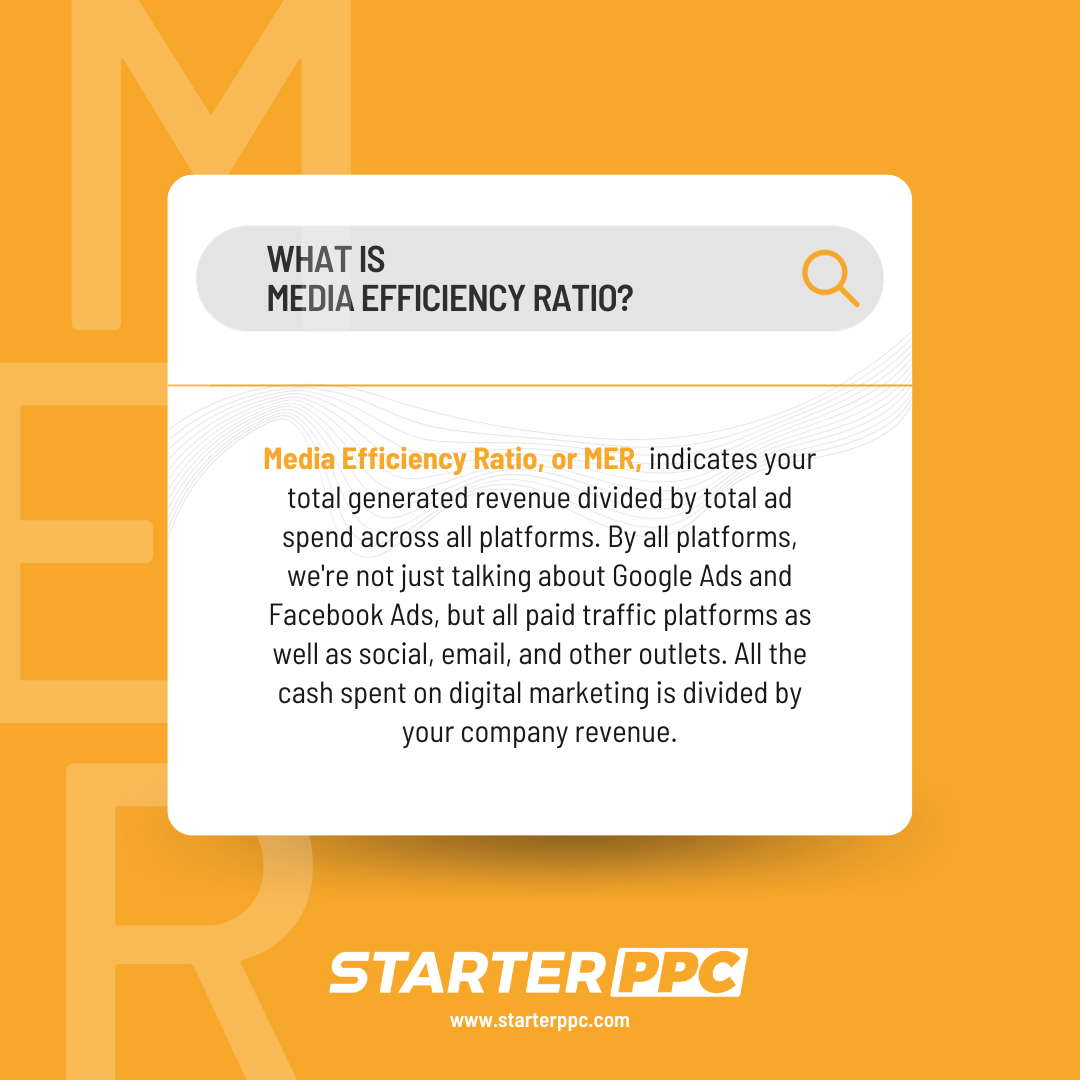
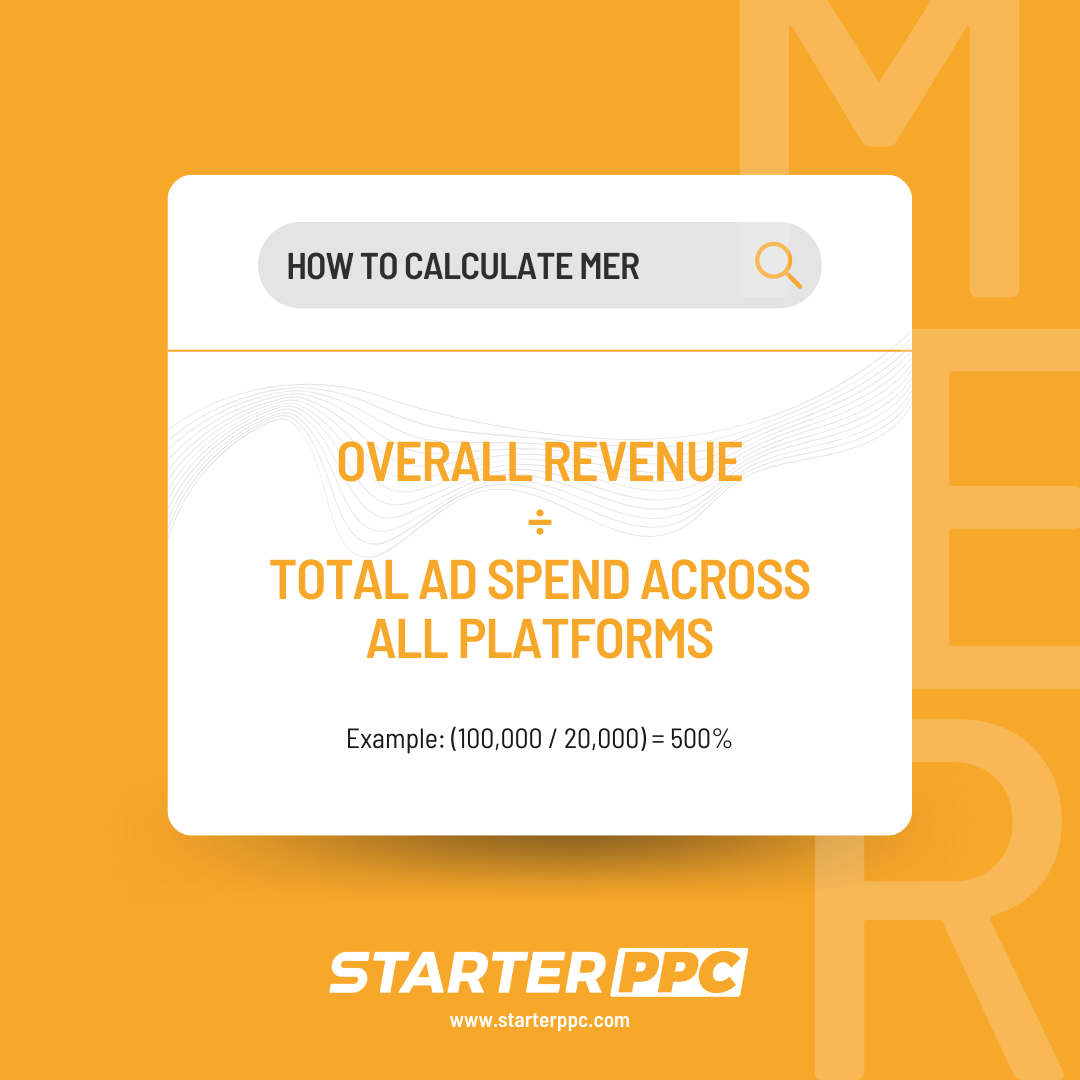
Since ROAS relies heavily on Google’s ability to track and report which of the sales it got, MER simply takes the total business revenue and does a general ROI on your ad spend.
We have started to calculate MER at the end of every single month because we cannot trust ROAS as it keeps shrinking little by little.
As you can see, it’s visible across the board on all our client accounts.
Google’s Privacy Lawsuits And Its Effects On ROAS

We’ve pulled up data from a wide range of clients. There’s no special connection between any of them, if not for the fact that ROAS is shrinking on every single account. Our five separate manager accounts —with perhaps a hundred clients in each—clearly demonstrate a downward trend over the last four years.
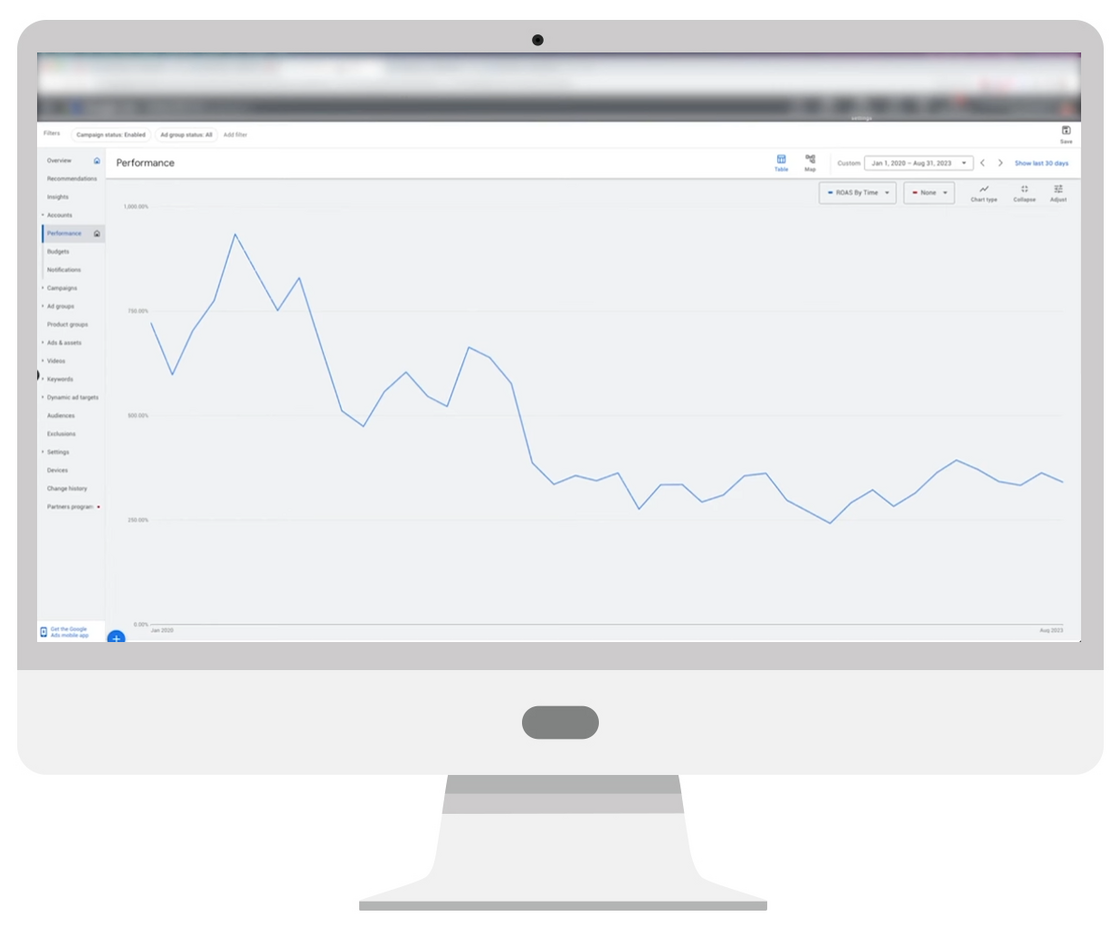
Where once Google had free rein on advertising, a year later we find that’s no longer the case. Google is currently being sued for privacy law restrictions and data gathering. It’s been happening progressively over time. In addition, there’s strong competition coming in from Apple, so there are a host of reasons ROAS a year ago is very different from ROAS today.
A 300% ROAS a year ago is the equivalent of a 200% ROAS today. That’s only an estimate on our part since it remains an unquantifiable factor. But it should give you a rough idea of its worth.
We don’t know how much shrinkage there is. Differing factors could be specific to certain industries such as the financial planning sector, the supplement sector, and the medical industry, which are restricted more strictly by privacy laws. Remarketing is virtually impossible for these industries because there is no way to track users.
Analyzing ROAS vs. MER
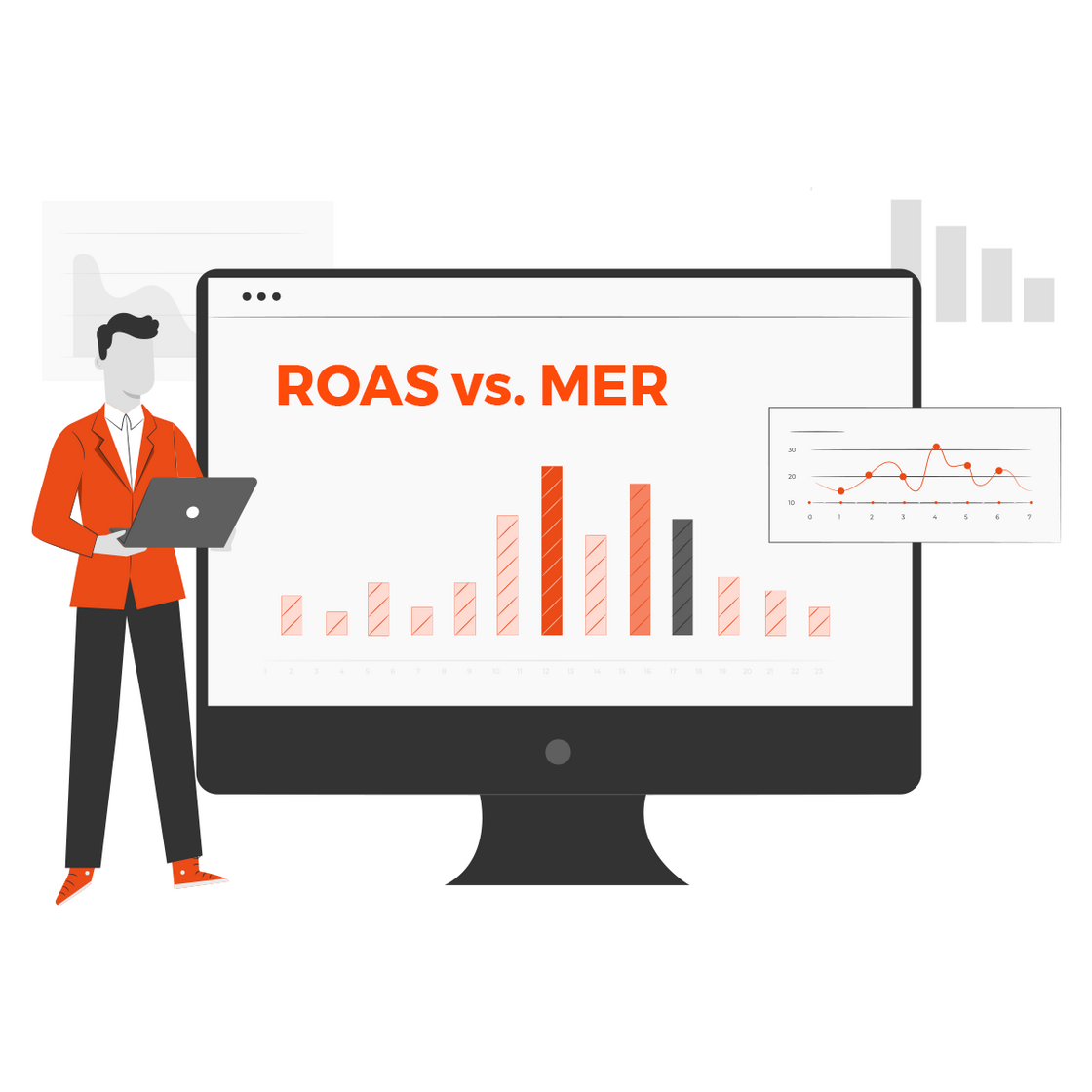
Please remember it’s not just you, it’s everyone. We wish we could give you the exact return on ad spend from Google Ads but it is no longer a viable factor. The only thing we can give you is MER. You see, unlike ROAS, MER is not affected by the same problem.
If you have a ROAS of 200% inside an ad account, we guarantee you have a higher percentage from MER, which is bound to be more like 300%.
We can deduce that a 200% ROAS is good enough to push for growth because the business is showing profit. The only way to gauge whether or not Google Ads is impacting that 300% MER is to lower the Google Ads spend or raise the Google Ads spend.
It’s not a foolproof test since many elements may affect it, but adding 20% budget month over month allows us to measure MER: Is it going down or staying the same? We then ask more questions such as: Can it withstand the growth? Is the business going to be profitable? Is there room for scale?
On that note, what do you think of our take on ROAS shrinkage? For alternative solutions, please check this out! And always remember to contact us for more information on Google Ads. Our experts are waiting to hear from you.
